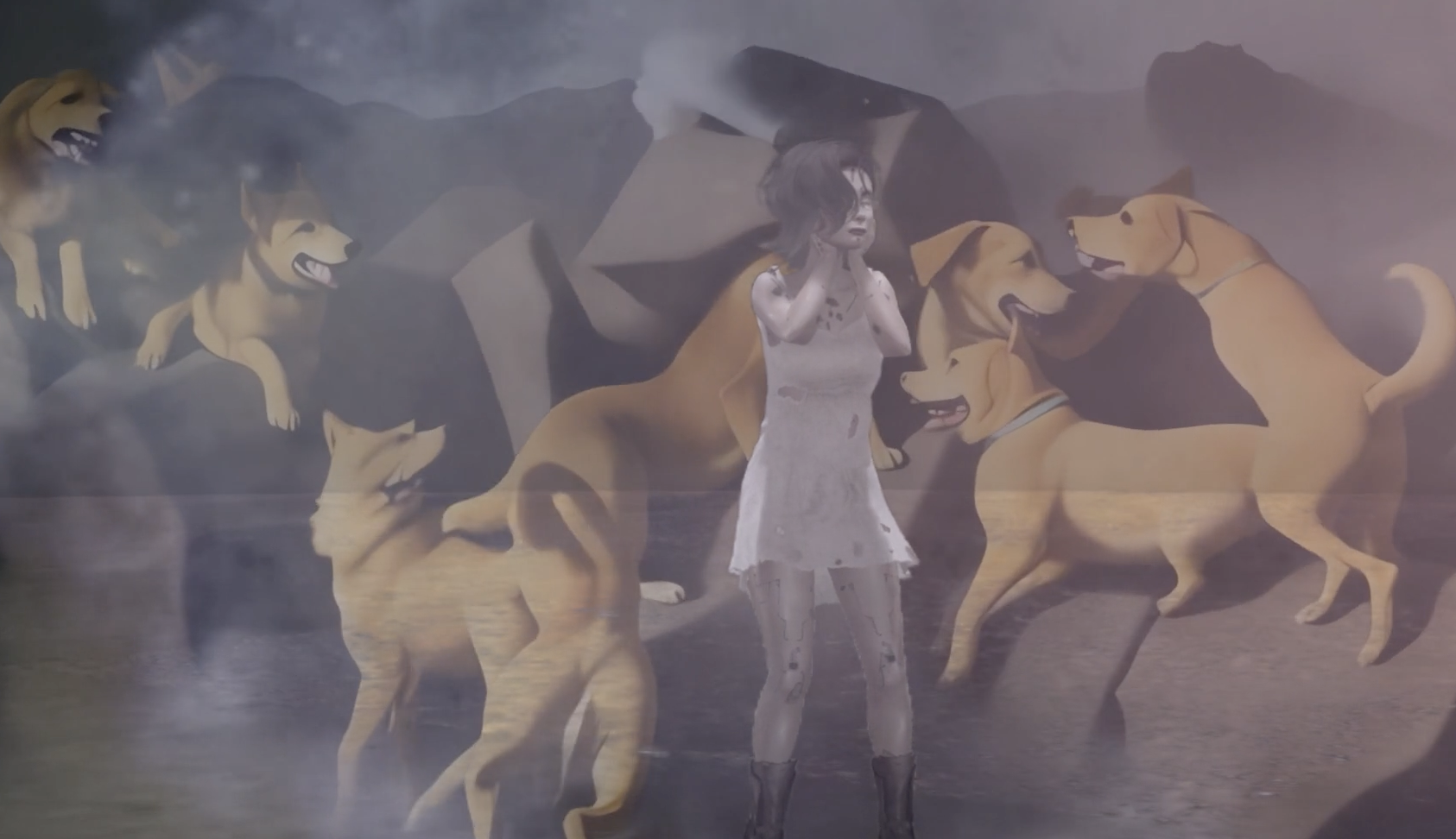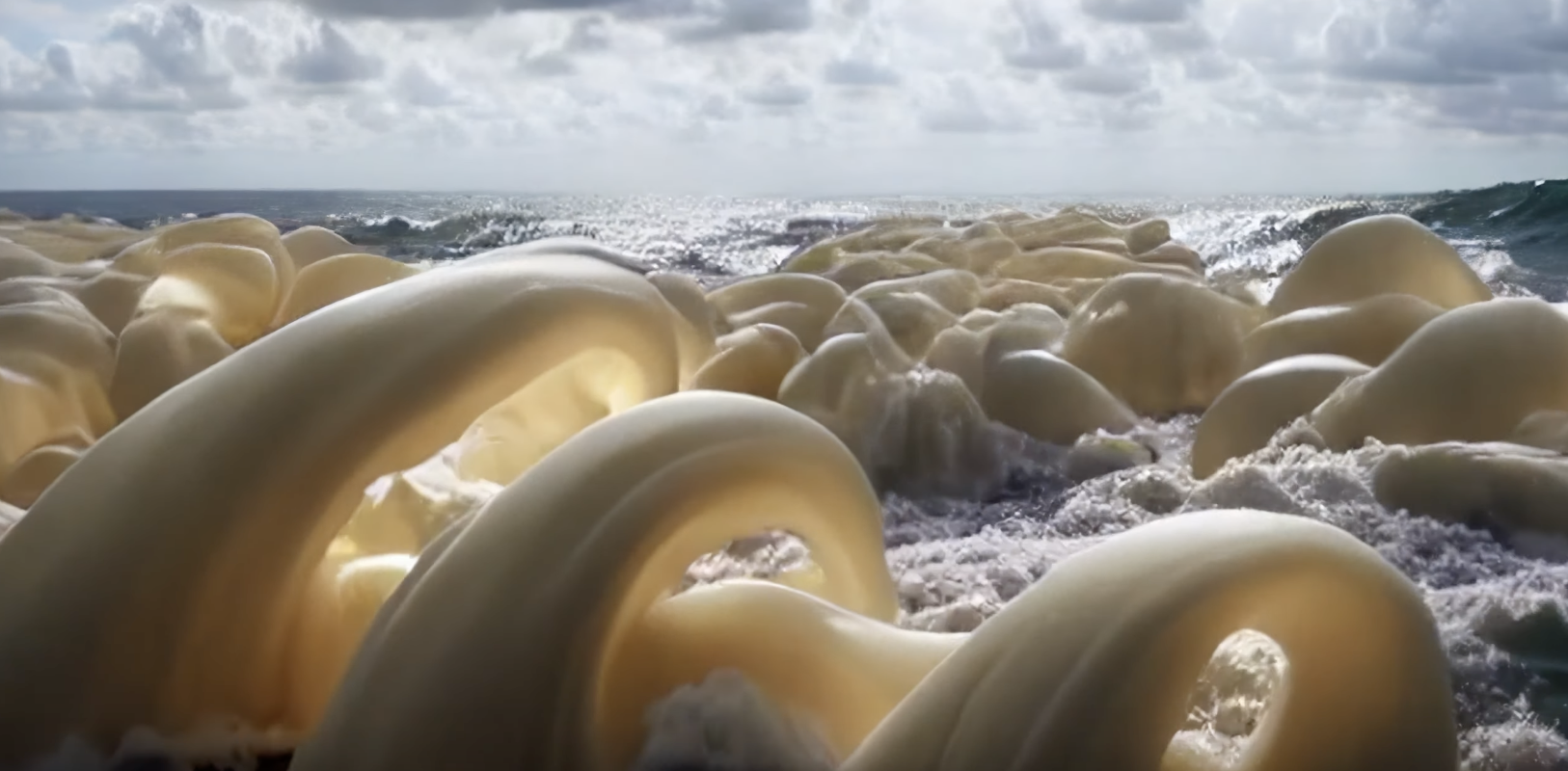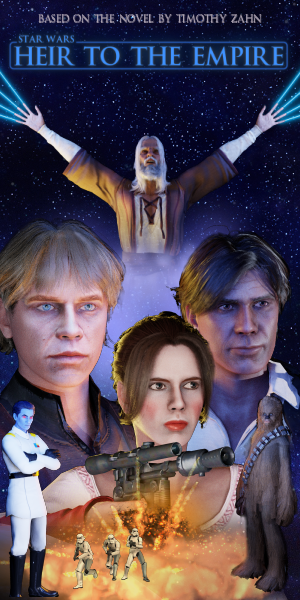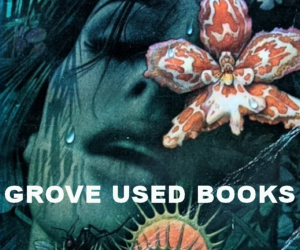S4 E128 Machinima News Omnibus (May 2024)

Our May update on machinima and virtual production related news highlights some of the latest generative AI tools, warts and all, and brings to attention several of the latest machinima potential games, including Jaws, Jurassic World Evolution, 1943: Rise of the Hydra and Harold Halibut. We discuss the challenges filmmakers face when developing games from their IP, why Kickstarter isn’t a good strategy for raising funding for smaller studios, the [almost] final instalment of the RoosterTeeth saga and Second Life’s latest film festival, Fantasy Faire. All with our usual discursive aplomb (despite Ricky being mia, reportedly on a skinny dipping retreat) and a few non machinima related asides!
YouTube Version of this Episode
Show Notes & Links
AI Genies
Art of the Problem about the history of development of generative AI – it’s a documentary including interviews with some of the scientists attributed with developing the building blocks for the techs. Link here.
Google Deepmind has created a new AI model Genie that can create playable worlds in the style of 2D platforms, using an image as a prompt, or a sketch or text description. A twitter thread link here.
Stability AI has introduced its Stable Audio 2.0 model, that enables high quality, full tracks with musical structure up to 3 minutes long from a single text prompt –
According to some, however, its not quite as good as Suno –
Musk has announced that Grok 1.5 Vision which aims to connect the digital and physical worlds with a multi-modal model will be released imminently – here’s link to the website about it https://x.ai/blog/grok-1.5v
Here’s the original style transfer post using Joker –
and here’s a tutorial on how to replace anyone in a video stream –
And here’s a link to the Arnie style example.
New games
A new JAWS experience on Roblox called JAWS: Infested Waters. More about it here –
JT Music’s rap about Palworld –
GTA6 trailer is a nice teaser –
1943: Rise of Hydra storyworld –
Interestingly, this is the one that Kim Libreri showcased at the Game Dev Conference event a few weeks ago –
Harold Halibut, a stop-mo animation game, trailer –
Steam link https://store.steampowered.com/app/924750/Harold_Halibut/
Projects
Blackmilk Studio A 1000 Suns series is definitely worth a watch! Channel link here.
Star Wars 1950s super Panavision 70 style short made with generative AI tools, including the script. Its been put together by Abandoned Films –
Vikings and Aliens, using Kickstarter (feature image for this post)! Here’s a link to the teaser –
And here’s a link to the Kickstarter if you’d like to support it.
Final fantasy!
RoosterTeeth going quietly, nah –
Fantasy Faire, Second Life Film Festival hosted by Chantal Harvey and Safia Widdeshins (to follow).









Recent Comments